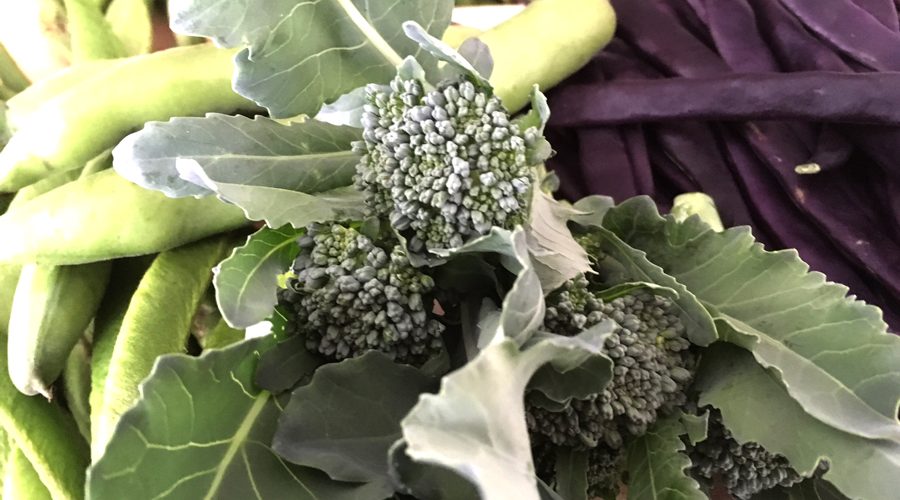As summer turns to autumn and most of my veg plants are now harvestable, I’m learning some valuable veg lessons. Here they are…
- Tomatoes (the cordon varieties that grow upright) need taller, sturdier supports than I’ve been giving them. The plants are now taller than me and a couple of them have fallen over leaving their tomato fruits trailing on the soil and rotting. Not good. Next year, I might try training them up wires suspended from the ceiling of the greenhouse.
- Cabbage whites are very good at finding their way in! I’ve netted all my brassicas this year, but the leaves are still being munched like crazy by caterpillars. I think I’m going to try using horticultural fleece to protect them in the future and I might even plant some sacrificial nasturtiums nearby next season.
- Young veg seedlings need a lot of extra TLC. They’re just not as strong when they’re newly transplanted – I found they needed a lot more watering and pest protection than the more mature plants, and this was especially true this summer with the hot, dry start in June when I planted them.
- If something is unsuccessful one year, it doesn’t mean it’s doomed to fail the next. My broccoli, for example, has done really well this year, but last summer it didn’t produce much. Likewise, my potatoes last year were amazing, but this year I had a much smaller crop and they got slug eaten. The lesson here is to keep on trying.
- Beans are incredibly easy-going. As long as you give them plenty of water then beans just seem to thrive. I’ve never struggled to grow them and I would highly recommend that you try them first if you are new to gardening.
- The planting season is longer than you’d think. I started planting a few bits and bobs in late April, with most things going in the ground in late May and throughout June. Then I planted a few extras in the first week of July. It’s all doing well and I think that planting a few things early and then topping up throughout the season really helps to stagger your crops.
- It’s easier to grow when you group the plants wisely. Having all the brassicas in one bed made life much easier this year, and having all the root vegetables together too. It keeps pest control and watering a bit simpler.
- Straw is really useful in the veg patch. I’ve used straw to keep squashes, strawberries and courgettes off the ground. I’ve used it in the greenhouse as a mulch to try and keep the soil from drying out too quickly on hot days (which worked a treat!) And I’ve used a layer of it between herb plants to help keep down weeds.
- Beer traps are the simplest homemade slug defence. It’s cheap, quick and easy to pop some beer traps down and they’re surprisingly effective. I found that cheep cider worked equally well. I preferred using these to using slug pellets (even the organic kind) as they feel somehow more natural.
- Soil makes a massive difference. It was so obvious to me even when I was planting that the soil in my garden this year wasn’t quite as good as last year (my own fault, I should have dug in more manure etc at the start of the season) and I would say that some of my crops have suffered a little as a result – the potatoes, carrots and also the courgettes.

